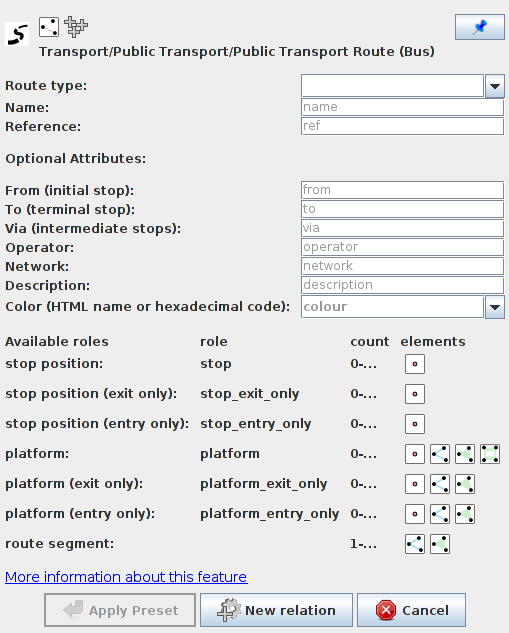Selecting the Right Relays for Solar Tracking Applications
페이지 정보
작성자 Jim 작성일 25-10-09 17:24 조회 18 댓글 0본문
For solar tracking systems, relay selection is critical it is vital to evaluate the current and voltage demands, the prevailing weather and exposure factors, and the reliability required for continuous operation. Solar tracking systems employ motors to reorient photovoltaic modules throughout the day to optimize energy capture. These motors are typically controlled by relays that enable and انواع رله disable current flow based on signals from a controller. The relay must handle the current and voltage requirements without overheating or failing prematurely.
First, determine the voltage and current ratings of the solar tracker motor. Typical installations use low-voltage direct current units with operating currents ranging from 5A to 20A. Select a relay rated for up to 30% over the maximum expected current to allow for surges during startup. For example, should the unit require 15A, use a relay rated no lower than 20A. Additionally confirm the relay is compatible with DC operation if the system uses direct current, as AC relays may not switch DC loads reliably due to arcing.

Next, consider the installation setting where the relay will be mounted. Outdoor solar tracking systems are subjected to extreme temperatures, humidity, and particulates. Select a model featuring an suitable ingress protection level for outdoor use, such as IP66, IP67, or IP68, to ensure sealed operation. Solid state relays are often preferred in harsh environments because they have mechanical-free construction and are resistant to fatigue. However, they must be thermally managed and may produce elevated operating temperatures, so thermal management is critical.
Relay lifespan cannot be ignored. Since the tracker adjusts multiple times per day, the relay may actuate 50–100 cycles daily. Target models featuring robust switching endurance, such as 200K+ switching cycles. Electromechanical relays with gold plated contacts can extend service life in weak current applications, while Industrial relays using silver-based alloys offer superior performance under heavy switching.
Ensure the coil voltage compatibility with your control system. Most controllers output 5V, 12V, or 24V DC signals. The relay coil must be precisely compatible to prevent intermittent operation. Installing a relay rated for greater coil voltage than your controller can provide may result in partial or failed engagement or failure to activate.
Finally, consider dual-relay redundancy systems. In critical applications, using two relays in parallel can prevent a single point of failure. Also, install suppression diodes at the load to dampen inductive kickback that can destabilize the control circuit when the motor is turned off.
By carefully matching the relay’s electrical specifications to your system’s needs and selecting a durable, weather-resistant model, you ensure reliable and long-term operation of your solar tracking system with minimal service requirements.
- 이전글 Understanding Relay Contact Life Expectancy
- 다음글 티비우산 실시간 주소 확인 - 티비우산 막힘 해결 방법 - 티비우산 대체 들어가는곳 - xlqldntks
댓글목록 0
등록된 댓글이 없습니다.


